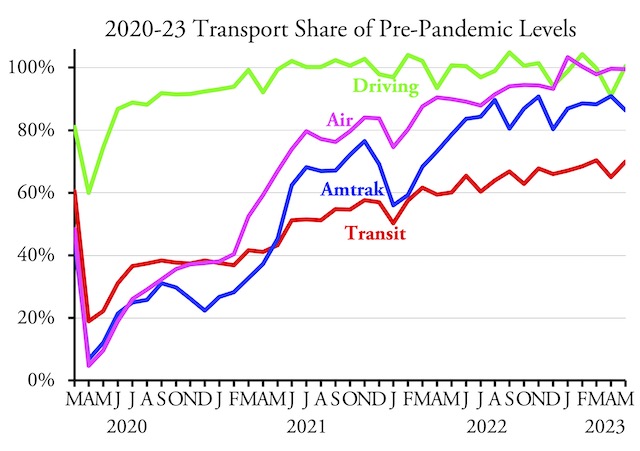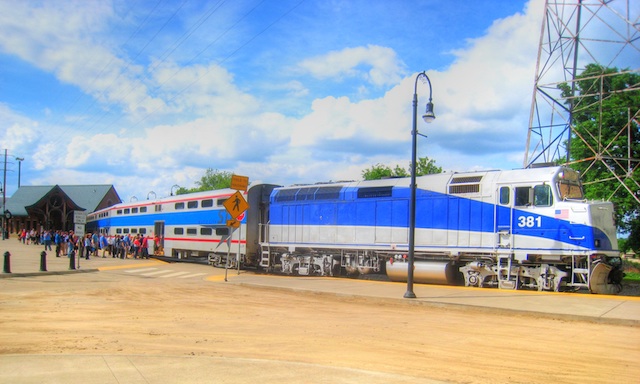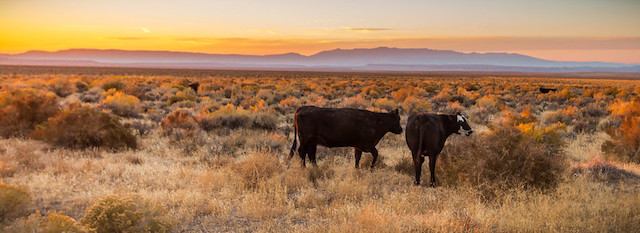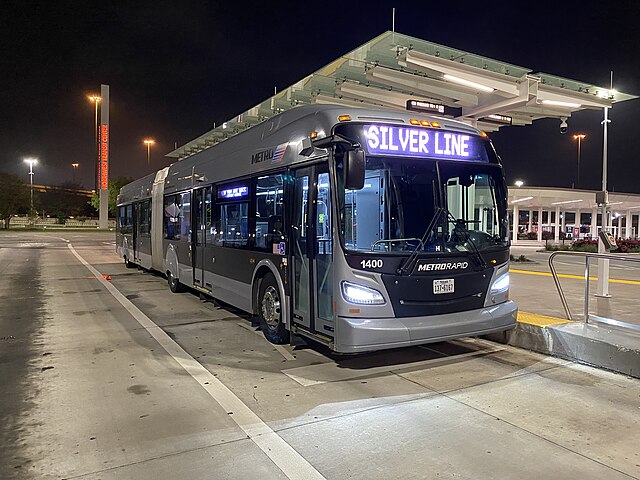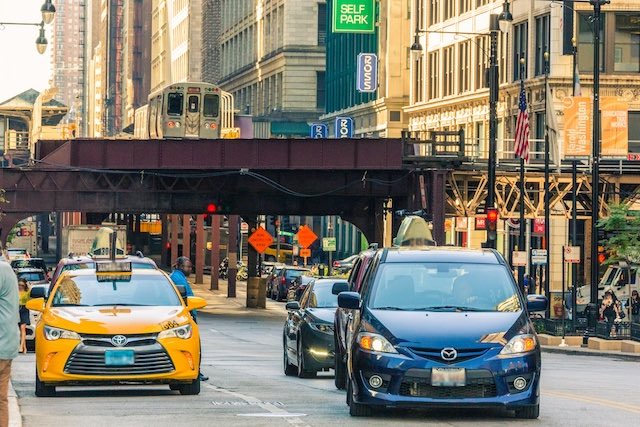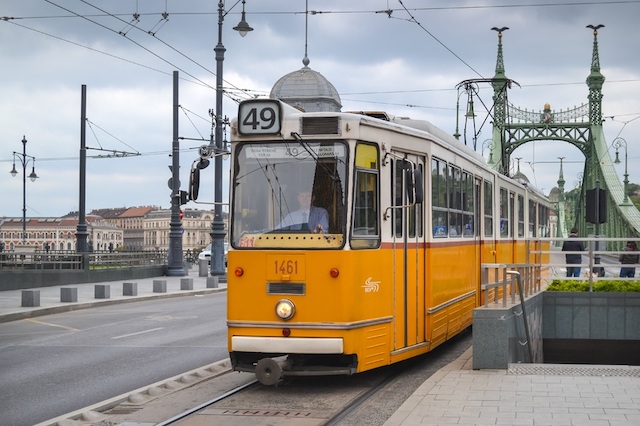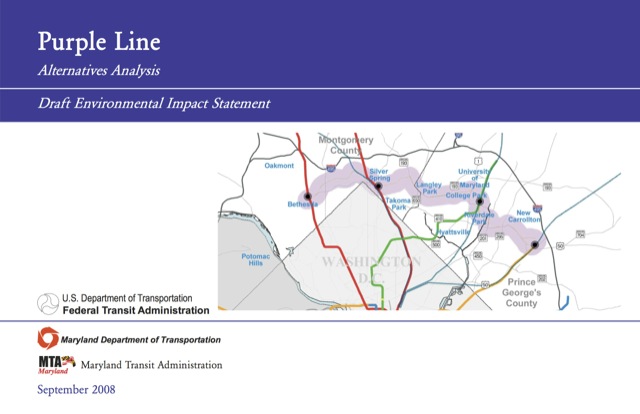Hawaii’s housing prices aren’t quite as high as California’s, but they are close. This isn’t because Hawaii is running out of land; the vast majority of land on each of the main islands is rural. Instead, it is due to a 1961 land-use law and subsequent amendments that placed most of the land in the state off limits to development. One result is that the state’s population is declining as people are leaving for more affordable places.
Governor Josh Green has responded by issuing a proclamation suspending the land-use law and several other laws, including a historic preservation law, for one year in order to allow homebuilders to construct 50,000 new homes in the next five years. Naturally, environmental groups are upset, and it isn’t clear to me that a governor can suspend a law passed by the legislature, but at least it will make people aware of what the real problems are and how to fix them. Continue reading

